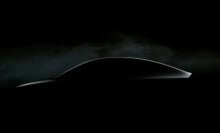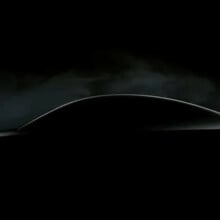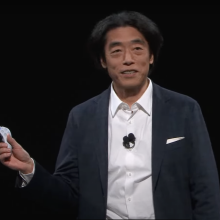Porsche was one of the first traditional sports car manufacturers to jump on the EV bandwagon with its Taycan, which was launched in 2019. The original Taycan was a good looking car with lots of power, though still behind far cheaper rivals such as Tesla Model 3 in terms of range and even acceleration unless you went for the priciest, Turbo S model.
With a refreshed version of the Taycan for 2025, Porsche aims to fix all that in a big way.
On the outside, the new Taycan is quite similar to its predecessor, though it has slightly upgraded, high-res LED Matrix headlights, as well as refreshed taillights.

But the Taycan delivers when it comes to power and range. Porsche says the car has a new powertrain with a new rear-axle motor that delivers up to 80 kW more power than the earlier variant on all models. The rear-wheel drive Taycan goes from 0-60 mph in 4.5 seconds (0.6 seconds quicker than before), while the Taycan Turbo S achieves the same feat in 2.3 seconds, which makes it the "quickest production car Porsche has ever offered to date."
There's also a boost function which gives your Taycan additional power for 10 seconds, though just how much power you get depends on the model. Porsche says that the base Taycan gets 60 kW extra power, while the top-tier Turbo S gets an additional 140kW when using Launch Control, which gives it a maximum output of 700kW or 938hp. According to the company, that makes it the "most powerful production Porsche" ever released.

Perhaps most importantly, the battery on the Taycan has been increased (with the Performance Battery Plus package) from 93 kWh to 105 kWh. According to Porsche, the Taycan now has up to 587 kilometers (364 miles) of range, as measured during a recent test in California. Charging is faster, too; under ideal conditions, owners will be able to charge their Taycans at up to 320 kW at 800-volt DC charging stations.
Additionally, Porsche now offers a 150 kW DC/DC convertor which should optimize charging speeds on 400-volt networks. All in all, Porsche says charging from 10 to 80 percent should take just 18 minutes under ideal conditions. Finally, recuperation capacity during deceleration has gone up from 290 to 400 kW, a 30 percent increase, which should further help owners squeeze a bit more range out of the Taycan.

On the inside, you'll still find lots of screens, but Porsche says it has optimized the user interface and added a new control level behind the steering wheel, allowing for easier control of driver assistance systems.
Other tidbits of note include improved thermal management, better CarPlay integration, a new active chassis with adaptive air suspension coming as standard, more design and customization options, and a longer list of standard improvement, which now includes stuff like Lane Change Assist, ambient lighting, wireless charging tray for phones, and electrically folding mirrors.
Pricing starts at $99,400 for the entry-level model, and goes up to $211,700 if you choose the Taycan Turbo S Cross Turismo variant. The 2025 Taycan sedan and Cross Turismo can be ordered now, with deliveries starting this summer for the sedan and in the fall for the Cross Turismo.
Topics Cars





























